7 indoor house plants to have at home to improve air quality
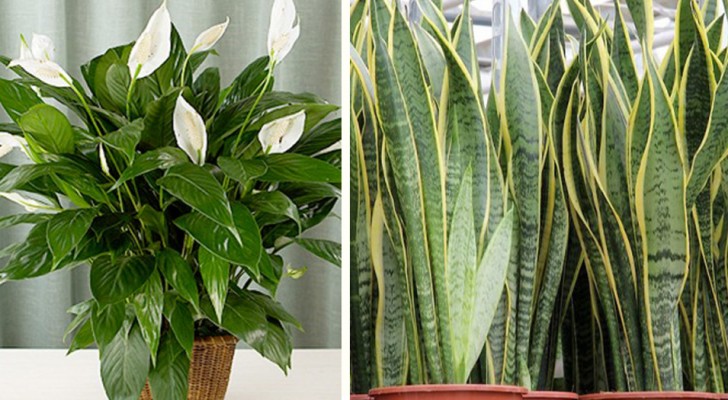
If you do not like adorning the house with plants for reasons of decorating taste you could instead, start doing it for reasons of health and well-being.
Why? Well, plants have the power to positively influence many aspects of our lives from physical to mental well-being!
Houseplants, in fact, have the fantastic power to counteract the harmful effect of some volatile organic elements in our homes, thereby, improving air quality and, consequently, positively affecting our physical health.
Lemon Tree
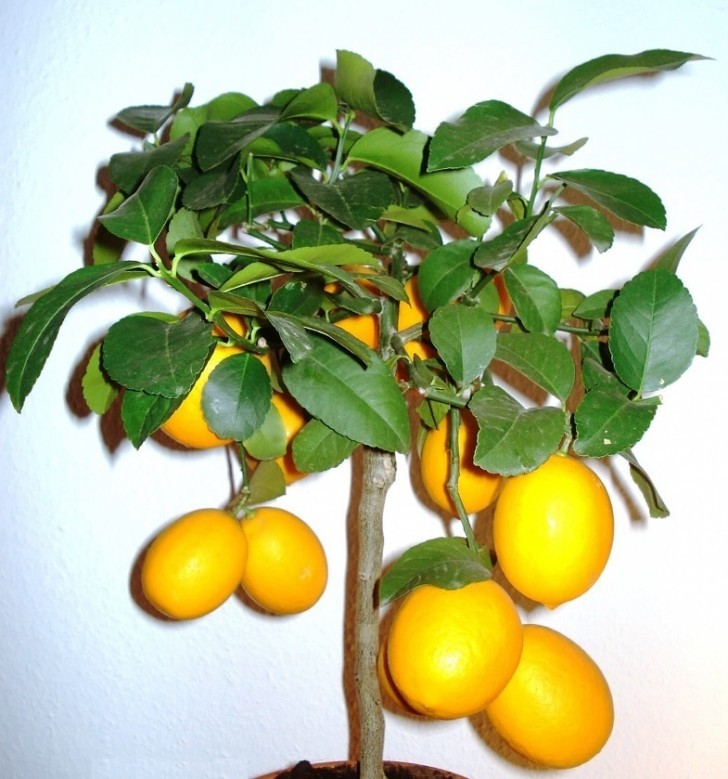
This tree not only gives the house a touch of unique color and a pleasant scent but is also able to "clean" the environment by absorbing excess moisture. This plant loves the sun and regular watering, but watch out for stagnation from excessive watering!
The ficus
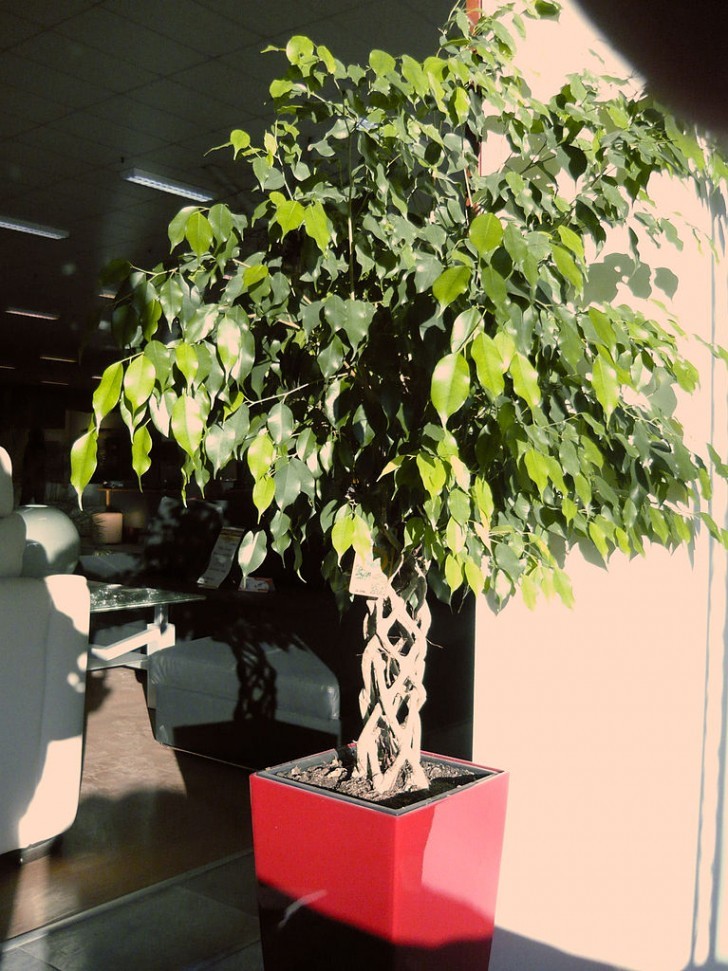
The Ficus plant is one of the most popular and widespread houseplants. But did you know that it releases a lot of oxygen into the environment, neutralizes toxins in the air, and humidifies environments that are too dry? Fantastic!
Kalanchoe blossfeldiana
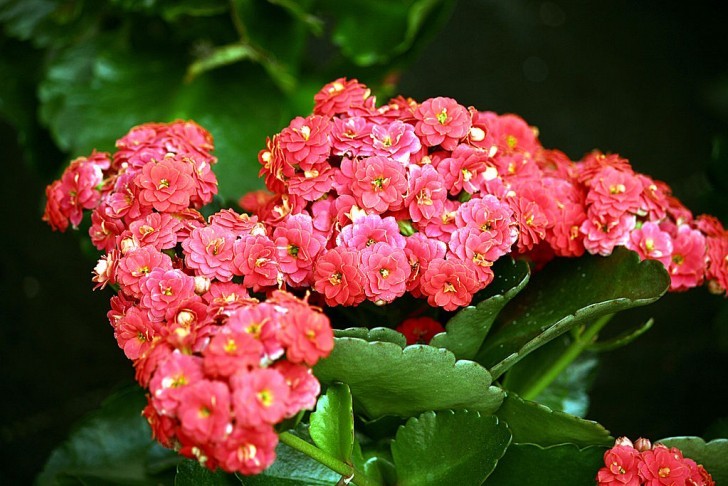
Instead, this plant, the Kalanchoe blossfeldiana, is native to Madagascar and has the power to absorb moisture, which it stores in its leaves. You can also find it under the name of "Calancola".
Laurus nobilis
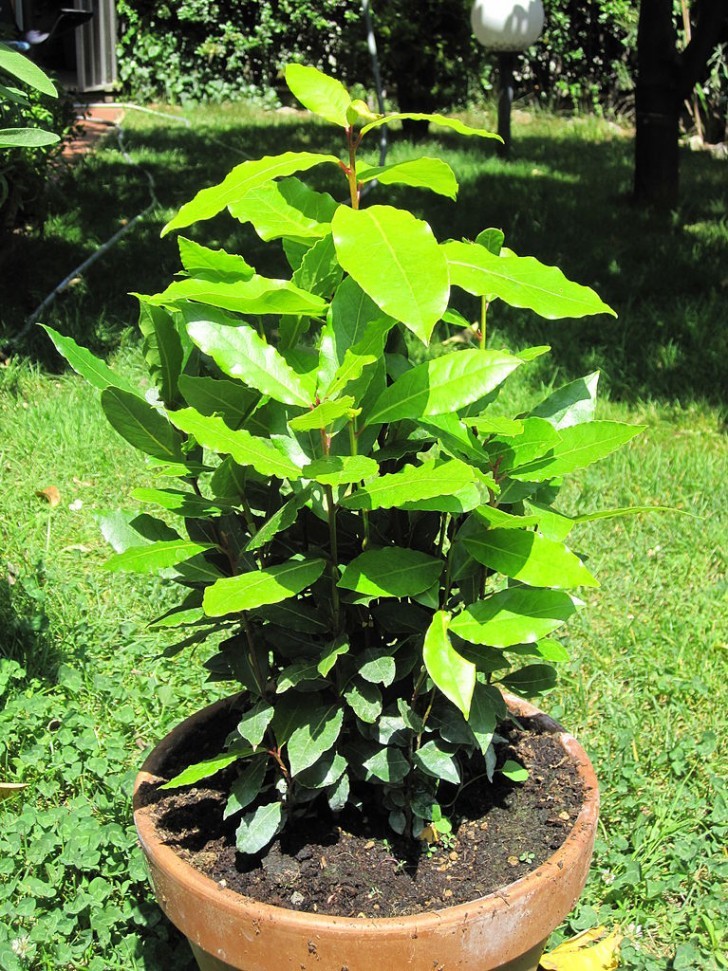
Also, the Laurel plant absorbs excessive humidity that is so harmful to our joints and respiratory system and by doing so, creates an excellent microclimate in the home. In addition, we know that the leaves, once dried, can also be used in the kitchen!
The beautiful Sansevieria
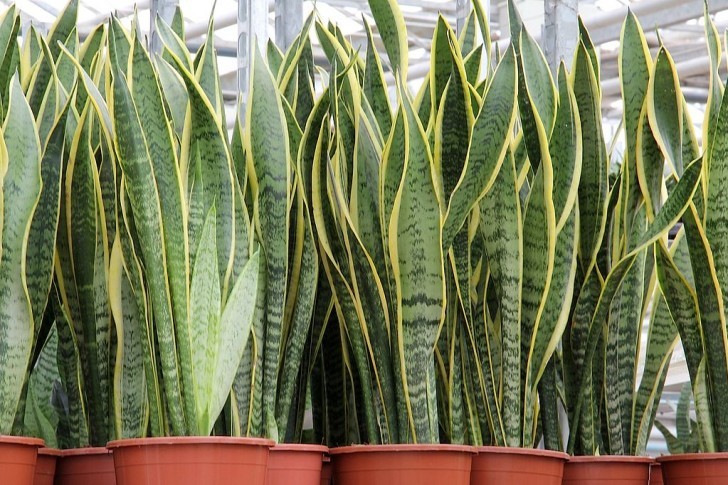
The Sansevieria is an elegant plant that not only releases a lot of oxygen but also absorbs the harmful volatile organic elements that come from synthetic materials.
Spathiphyllum
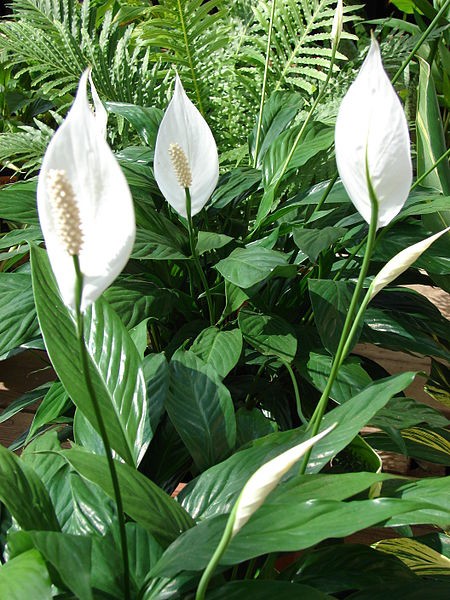
The Peace Lily (spathiphyllum) not only regulates humidity but it also absorbs mold spores, especially if kept at a temperature of around 64°F (18°C). Let's not forget that it also produces beautiful flowers!
Plant Chamaecyparis
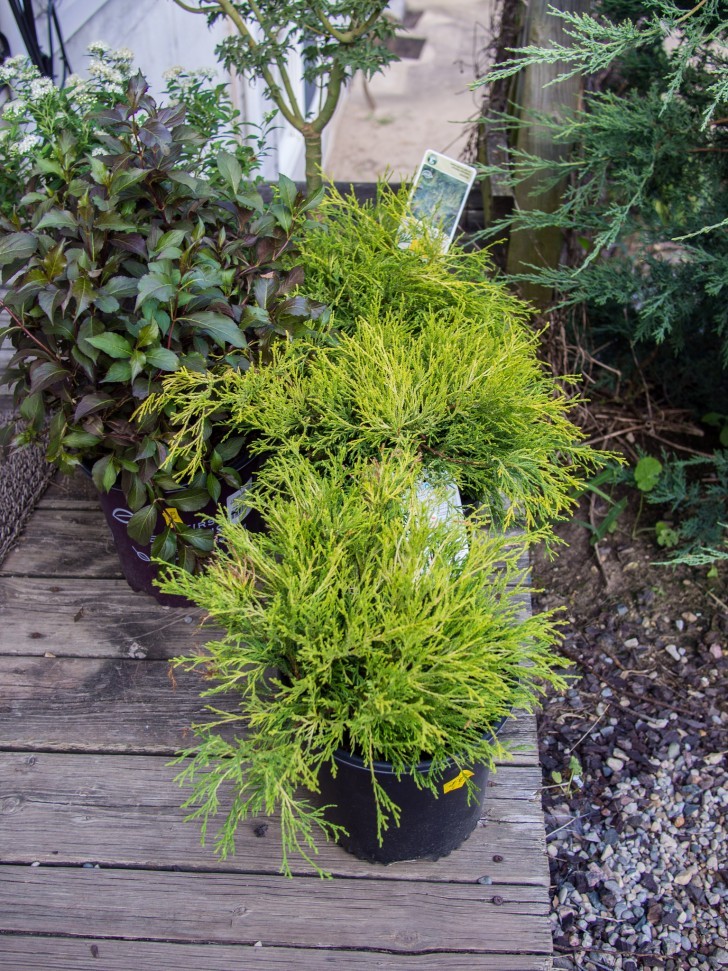
The Chamaecyparis plant, also called the "false cypress", is considered sacred in Japan. It helps regulate humidity in the house and frees it from dust. If you want to keep it healthy remember that it does not need a lot of light or water!





